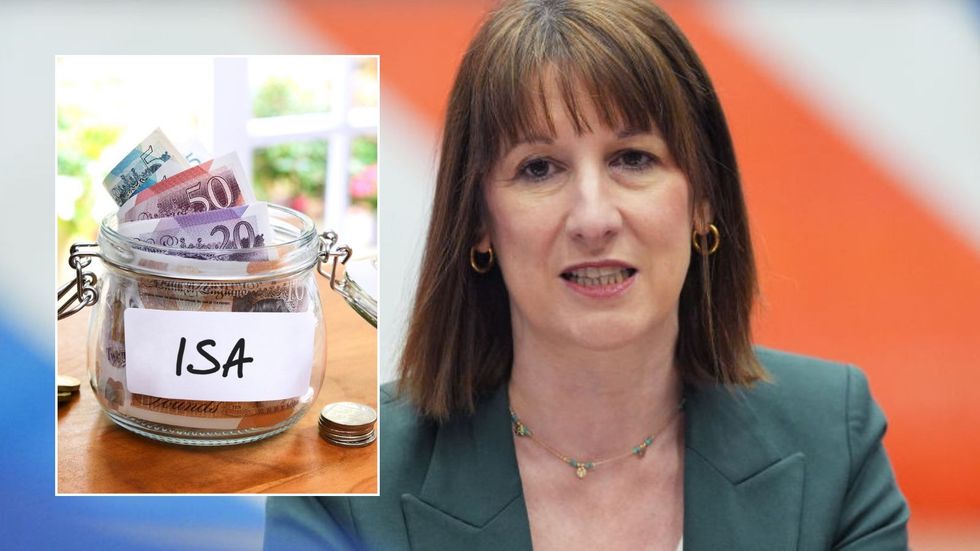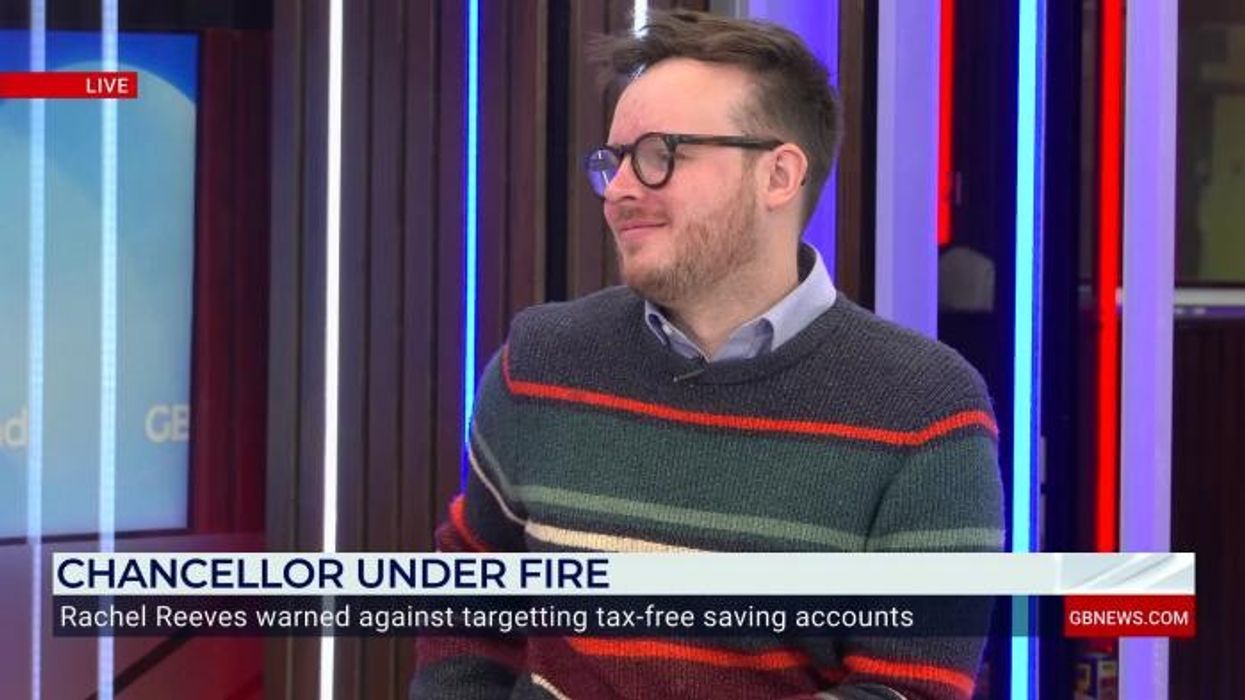Rachel Reeves warned Lifetime ISA rules 'nonsensical' as savers hit with £10,600 penalties when taking out their own money

The Chancellor is expected to unveil ISA reforms in her upcoming Mansion House speech - just weeks away
Don't Miss
Most Read
Latest
Thousands of savers are being hit with substantial penalties when withdrawing their own money from Lifetime ISAs, with some facing charges as high as £10,600, new data has revealed.
This "withdrawal penalty" affects anyone taking money out for reasons not permitted under scheme rules.
Senior MPs on the Treasury Select Committee have criticised the Lifetime ISA, warning that the scheme, introduced by former Chancellor George Osborne, is riddled with flaws and may leave savers worse off.
They suggest Britons could achieve better long-term returns by investing in higher-risk, higher-reward products such as bonds and equities.
The scale of the problem has become increasingly apparent, with 99,650 people making unauthorised withdrawals in the 2023-24 financial year - nearly double the 56,900 who used their Lisa to buy a home.
The withdrawal charge mechanism means savers lose more than just the Government bonus when accessing their funds early.
The Treasury Committee report explained that the 25 per cent charge is applied to the total withdrawal amount, causing Lisa holders to forfeit their Government bonuses plus 6.25 per cent of their own contributions
Authorised withdrawals are only allowed for purchasing a first home costing £450,000 or less, terminal illness with less than 12 months to live, or after reaching age 60.
The report noted that many people have lost portions of their savings due to misunderstanding the withdrawal charge or because of unforeseen circumstances, such as purchasing a property above the price cap.
Data obtained by GB News through a Freedom of Information request shows that the top 25 unauthorised Lifetime ISA withdrawals averaged £42,300, with savers hit by an average penalty of £10,600.
 Rachel Reeves is preparing significant reform to ISA reform | GETTY
Rachel Reeves is preparing significant reform to ISA reform | GETTY The Treasury Committee has raised serious concerns about whether the Lifetime Isa is fulfilling its intended purpose of helping people save for homes and retirement.
MPs questioned whether the product represents value for money, noting that the Office for Budget Responsibility predicts bonuses will cost the Treasury approximately £3 billion over the five years to 2029-30.
The committee's report suggested the dual-purpose design might be directing people away from more suitable products and could increase the risk of poor financial decisions.
MPs also expressed concern that the scheme might not be adequately targeted, potentially subsidising home purchases for wealthier individuals rather than those most in need of support.
 ISAs are useful tools for those looking save and avoid paying tax | GETTY
ISAs are useful tools for those looking save and avoid paying tax | GETTYThe committee indicated that the high number of unauthorised withdrawals compared to home purchases should be considered a possible sign the product is not functioning as intended.
The data also revealed that 950 savers were hit with a £1,000 withdrawal charge, while 130 faced penalties of £2,000. More than 1,320 individuals paid £5,000 or more to access their own money.
The figures, rounded to the nearest ten, highlight the steep cost many face under the Lifetime ISA's penalty structure.
Rules that penalise benefits claimants for holding Lifetime ISAs were branded "nonsensical", with some savers losing access to parts of Universal Credit.
Treasury Committee chair Meg Hillier said MPs broadly support the product’s role for the self-employed and first-time buyers, but questioned whether it justifies the level of public spending committed to it.
Hillier said: "The committee is firmly behind the objectives of the Lifetime Isa, which are to help those who need it onto the property ladder and to help people save for retirement from an early age.
"The question is whether the Lifetime Isa is the best way to spend billions of pounds over several years to achieve those goals."
She added: "We are still awaiting further data that may shed some light on who exactly the product is helping. What we already know, though, is that the Lifetime Isa needs to be reformed before it can genuinely be described as a market-leading savings product for both prospective home buyers and those who want to start saving for their retirement at a young age."
Brian Byrnes, head of personal finance at Lifetime Isa provider Moneybox, argued the product offers value, noting that 80 per cent of Moneybox Lisa savers earn £40,000 or less.
 Rachel Reeves warned Lifetime ISA rules 'nonsensical' as savers hit with £10,600 penalties when taking out their own money
Rachel Reeves warned Lifetime ISA rules 'nonsensical' as savers hit with £10,600 penalties when taking out their own moneyHe said: "We firmly believe that by future-proofing the house price cap and amending the withdrawal penalty, the Lisa would continue to serve as a highly effective product, helping young people build and embed positive saving behaviours early in life, get more people onto the property ladder, and prepare for a more secure retirement."
Reeves is believed to be considering lowering the limits individuals can contribute to cash ISAs as part of an effort to get more Brits to invest in UK assets through the stocks and shares ISA.
The average rate of return for an average stocks and shares ISA between 2024 and 2025 was 11.9 per cent compared to just 3.8 per cent for a regular cash ISA, according to Moneyfacts.
A Government spokesperson said: "Lifetime ISAs aim to encourage younger people to develop the habit of saving for the longer term, helping them to purchase their first home or build a nest egg for when they’re older.
"We welcome the committee’s report and will now review its findings and respond in due course."
More From GB News











